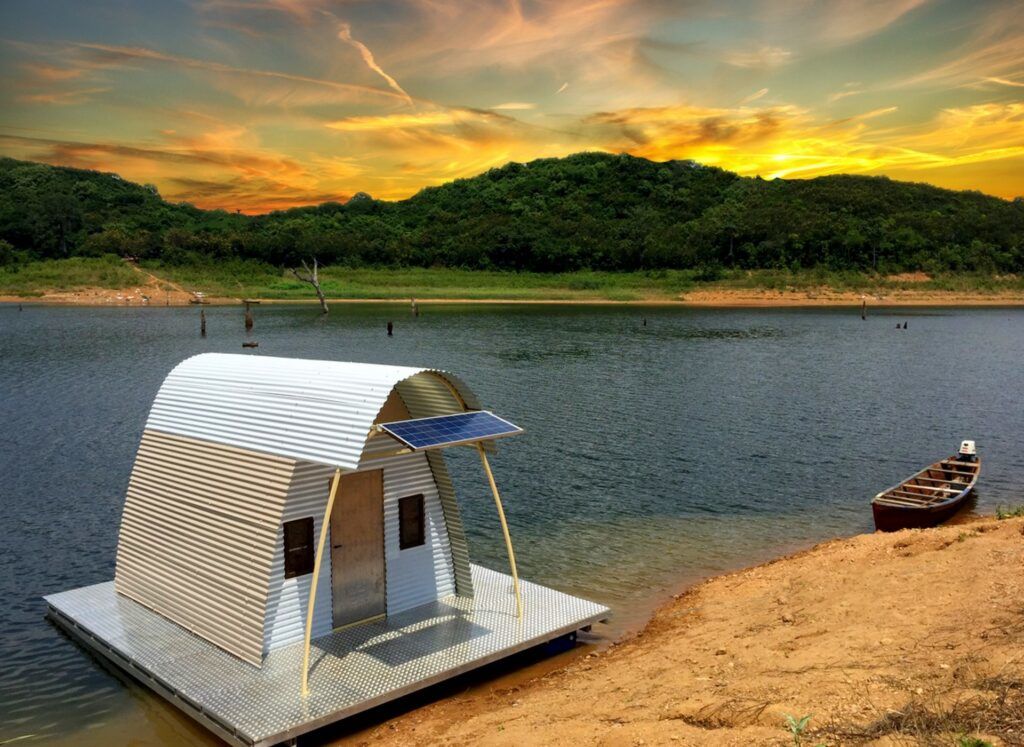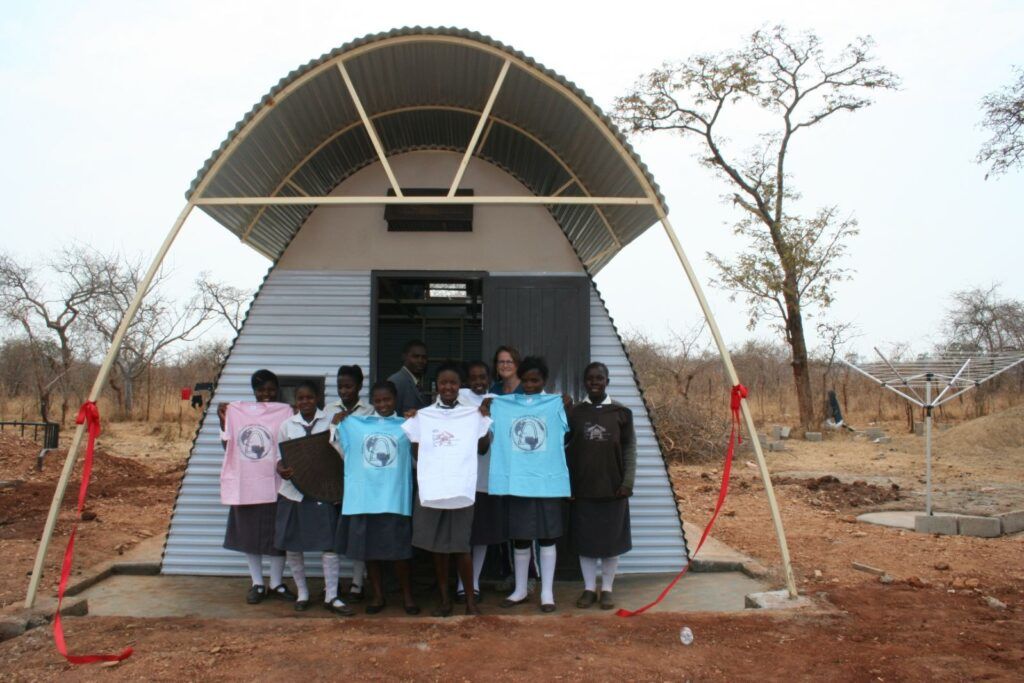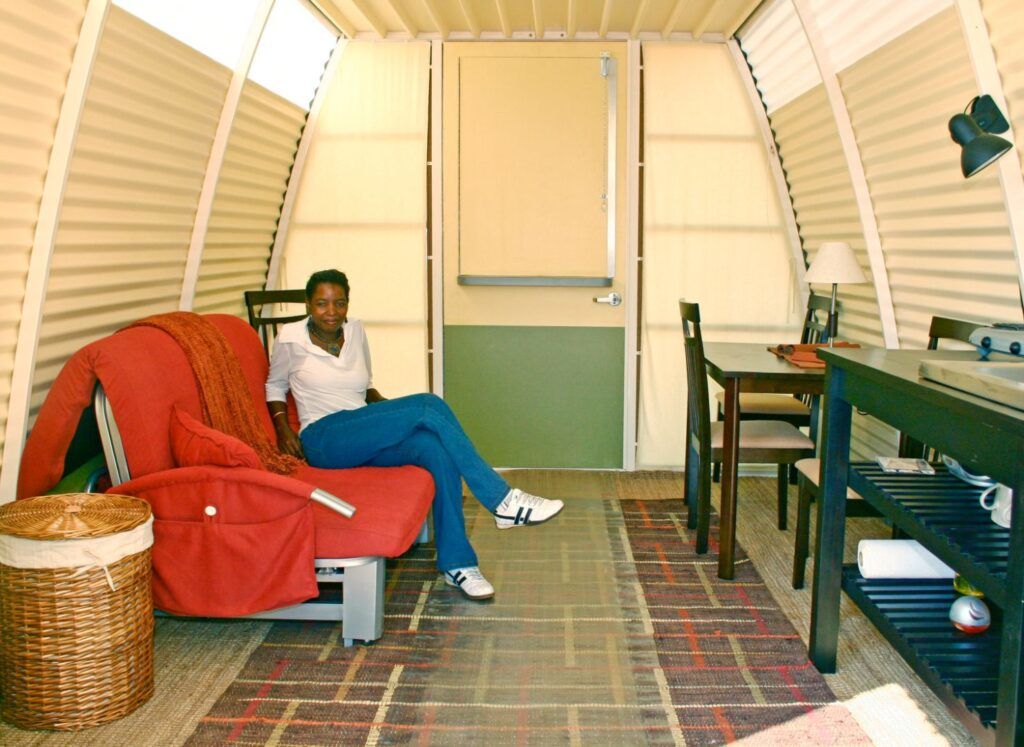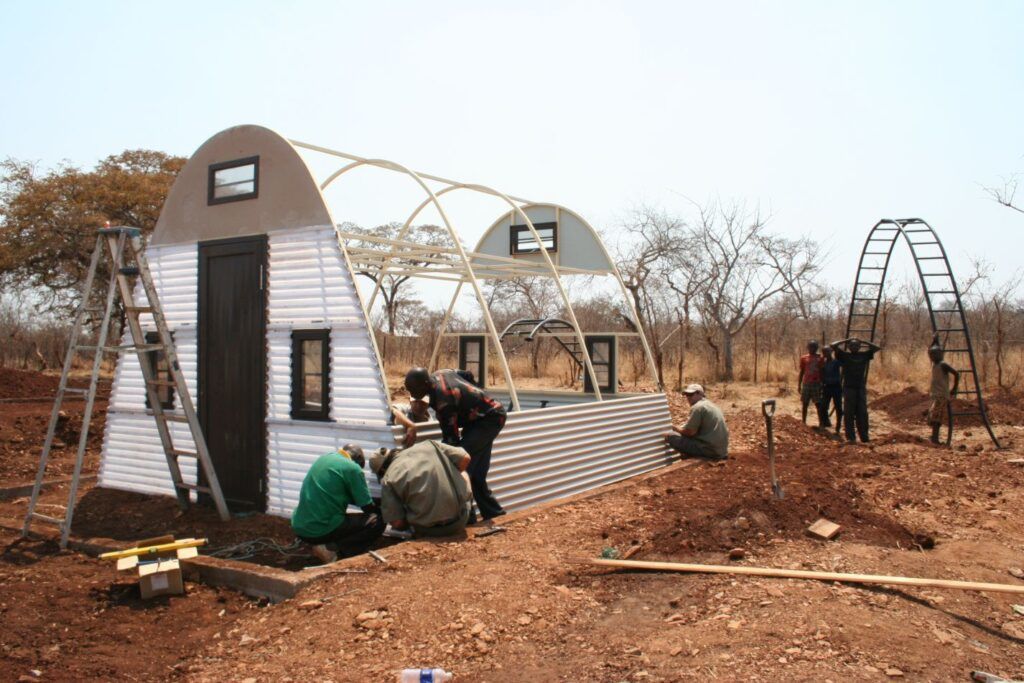Tiny Metal Shelters Offer a Safe Home in 1 Day

An astonishing one billion people of the world’s population lives in informal communities – sometimes known as shantytowns, tent cities or, if you’re really going for the jugular, slums. Doug Sharp, president and chairman of BSB Design, came up with a tiny, inexpensive home for slum dwellers that can be built in less than one day by one family.


Abod is a sustainable home built from lightweight materials that can easily be delivered by truck, plane or ship. It’s made mostly of non-combustible materials so it carries a low risk of fire (a real concern in communities where kerosene lighting is common). And if the family ever needs to move, the home can be very easily relocated.

The homes are affordable and so flexible in design that they can be easily modified to the needs of each individual inhabitant. Privacy walls, loft expansions, kitchen units, toilet/shower/bath units, unique flooring, and window walls are just some of the possible add-ons to the standard 10′ X 12′ structure. The homes can easily be connected to form mini-communities or even modified to house businesses.

The need for safe housing goes beyond simply protecting residents from the elements. A micro-community of Abod homes could provide the sanitation and stability needed to combat the spread of deadly illnesses in impoverished areas. The community could engender a greater sense of protection from violence and help residents connect with one another. The pride of home ownership can go a long way toward building safer, stronger, healthier communities – no matter where in the world the homes are located.
“Abod Shelters isn’t just a home, it is a place of comfort and safety. They are emergency disaster relief that provide shelter and security. They are classrooms and libraries that nurture learning. They are technical centers and offices that provide an optimal working environment. They are medical clinics that save lives. They are dormitories and hostels for students to feel at home while attending school. They are sanitation facilities that provide privacy. They are churches and meeting rooms that bring people together.”




